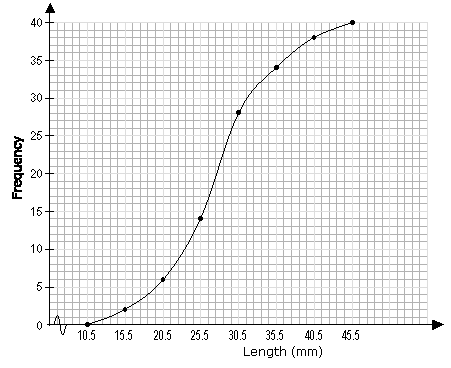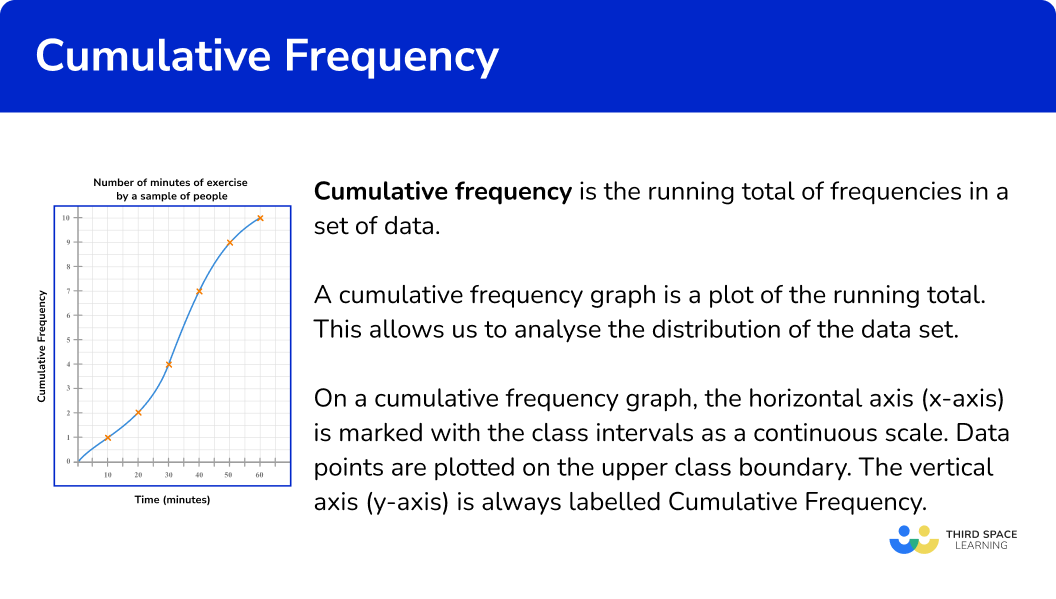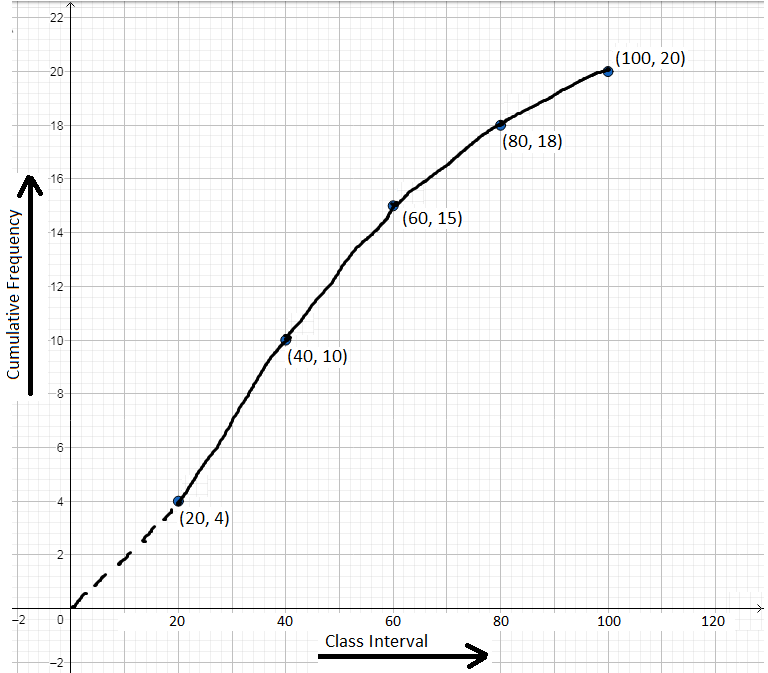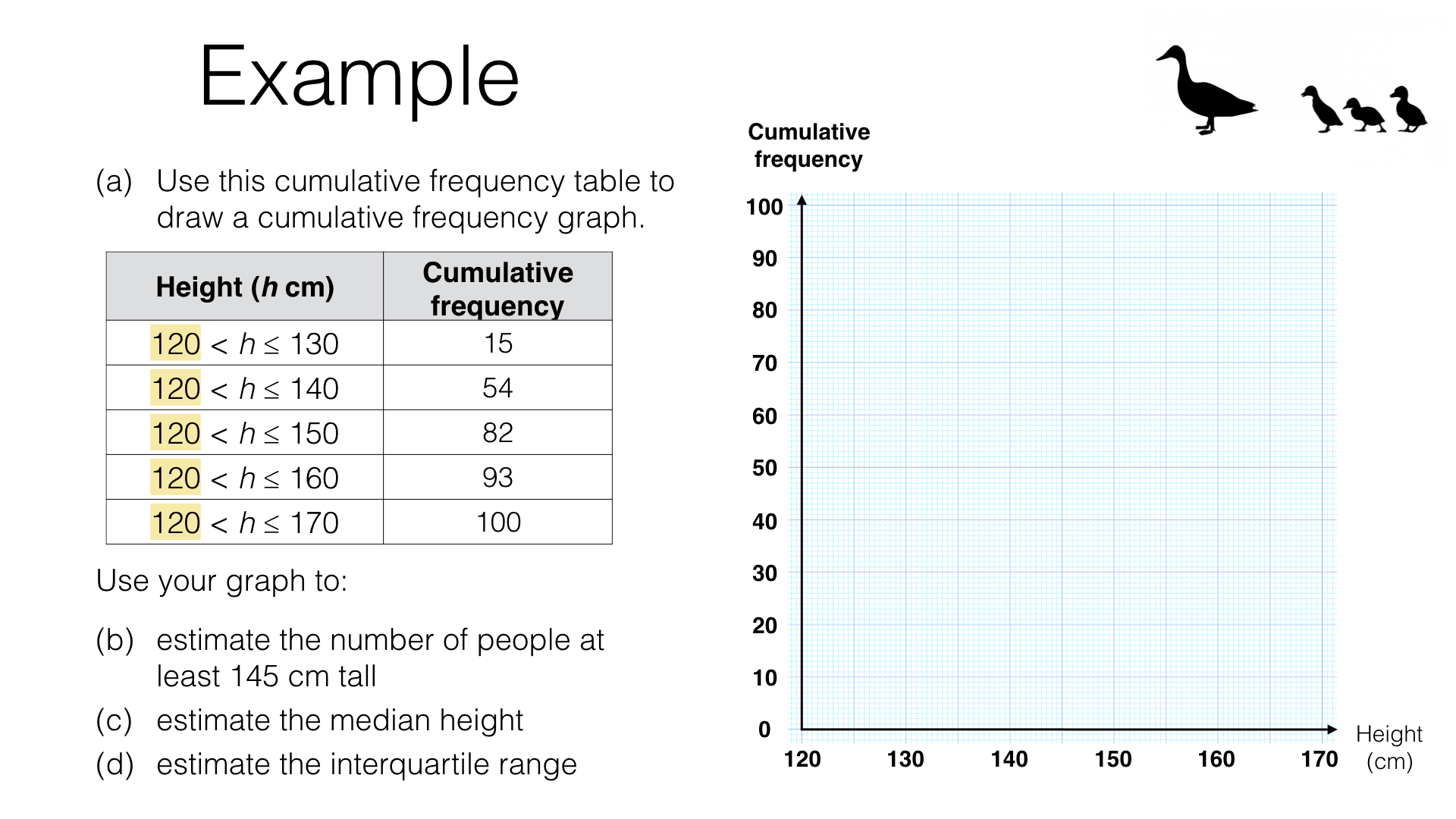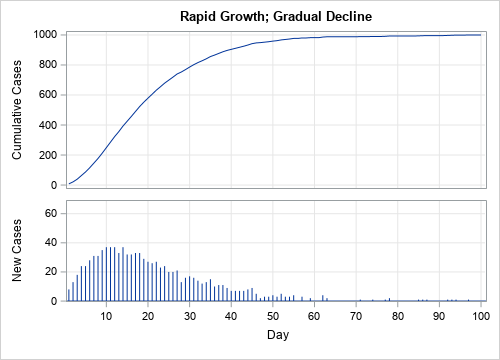Fabulous Info About How To Draw Cumulative Frequency Graph

To create the ogive chart, hold down ctrl and highlight columns a and c.
How to draw cumulative frequency graph. Join these points successively by a smooth curve, we will get a curve, known as cumulative frequency graph. The cumulative frequency is the running total of the frequencies. To create a cumulative graph, drag and drop the measure amount from measures region to rows shelf.
Calculate the cumulative frequency values for the data set. Default output ggplot(cdf01, aes(sepal.width)) + stat_ecdf(geom = step, color=purple) #graph b. In order to do this you will need to read off the lower quartile, the median an.
Then go to the charts. To calculate cumulative frequency, start by making a table showing the frequencies, or how often each data value occurs. Since it is a measure value, the measure amount will aggregate to the default.
A cumulative frequency diagram is drawn by plotting the upper class boundary with the cumulative frequency. Draw a set of axes with suitable labels. Plot each value at the end of the interval.
Here you will shown how to draw a box plot from a cumulative freqeuncy curve. We can also create an ogive chart to visualize the cumulative frequencies. On a graph, it can be represented by a cumulative frequency polygon, where straight lines join up the points, or a cumulative.

